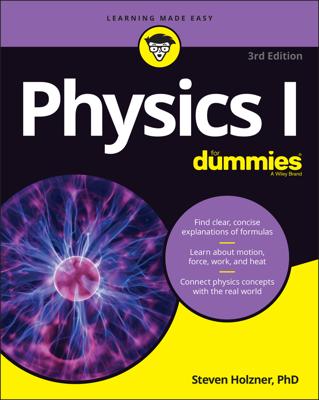If one of the older attempts at unification of forces (called grand unification theories or GUTs) proves successful, it would have profound implications for string theory. One of the most elegant GUTs was the 1974 Georgi-Glashow model, proposed by Howard Georgi and Sheldon Glashow.
This theory has one flaw: It predicts that protons decay, and experiments over the last 25 years have not shown this to be the case. Even if proton decay is detected, string theorists may be able to save their theory.
The Georgi-Glashow model allows quarks to transform into electrons and neutrinos. Because protons are made of specific configurations of quarks, if a quark inside a proton were to suddenly change into an electron, the proton itself would cease to exist as a proton. The nucleus would emit a new form of radiation as the proton decayed.
This quark transformation (and resulting proton decay) exists because the Georgi-Glashow model uses a SU(5) symmetry group. In this model, quarks, electrons, and neutrinos are the same fundamental kind of particle, manifesting in different forms. The nature of this symmetry is such that the particles can, in theory, transform from one type into another.
Of course, these decays can’t happen very often, because we need protons to stick around if we’re going to have a universe as we know it. The calculations showed that a proton decays at a very small rate: less than one proton every 1033 years.
This is a very small decay rate, but there’s a way around it by having a lot of particles. Scientists created vast tanks filled with ultrapure water and shielded from cosmic rays that could interfere with protons (and give false decay readings). They then waited to see if any of the protons decayed.
After 25 years, there has been no evidence of proton decay, and these experiments are constructed so there could be as many as a few decays a year. The results from the Super-Kamiokande, a neutrino observatory in Japan, show that an average proton would take at least 1035 years to decay. To explain the lack of results, the Georgi-Glashow model has been modified to include longer decay rates, but most physicists don’t expect to observe proton decay anytime soon (if at all).
If scientists did finally discover the decay of a proton, that would mean that the Georgi-Glashow model would need to be looked at anew. String theory gained success in part because of the failure of all other previous models, so if their predictions work, it may indicate poor prospects for string theory.
The string theory landscape remains as resilient as ever, and some predictions of string theory allow for versions that include proton decay. The decay timeframe predicted is roughly 1035 years — exactly the lower limit allowed by the Super-Kamiokande neutrino observatory.
The renewal of GUTs would not disprove string theory, even though the failure of GUT is part of the reason why string theory was originally adopted. String theories can now incorporate GUT in low-energy domains. But string theory can’t tell us whether we should anticipate that GUT exists or protons decay. Maybe or maybe not, and string theory can deal with it either way.
This is just one of the many cases where string theory shows a complete ambivalence to experimental evidence, which some critics say makes it “un-falsifiable.”

